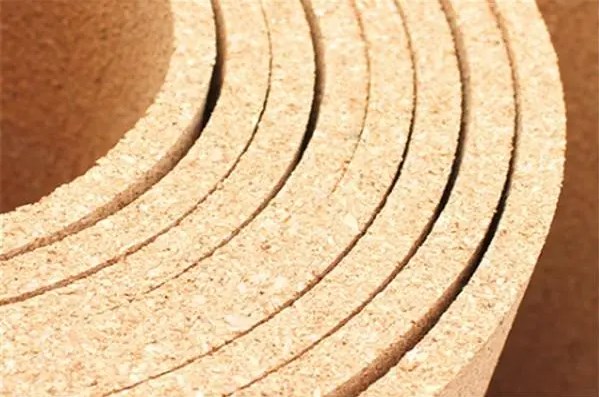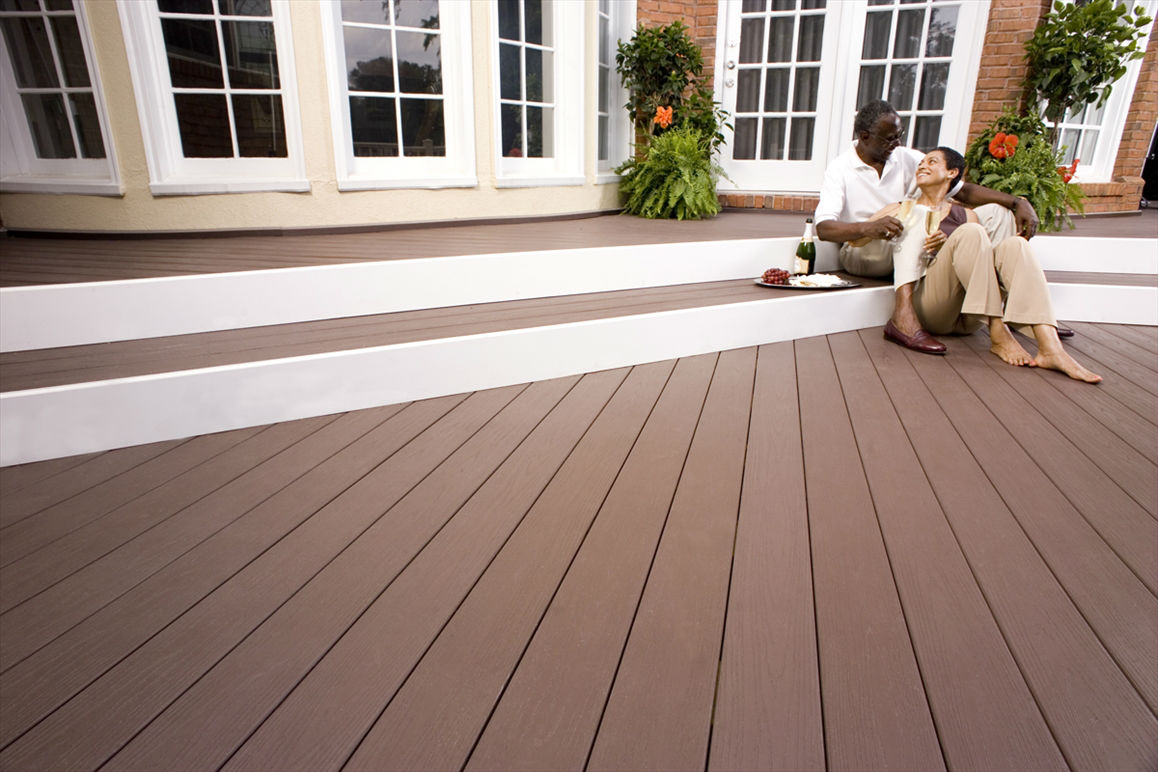There are several types of flooring that are considered environmentally friendly due to their sustainable and eco-friendly characteristics. Here are a few examples:
Bamboo Flooring: Bamboo is a fast-growing grass that can be harvested without killing the plant. It is a renewable resource and can be an excellent alternative to hardwood flooring. However, it’s important to choose bamboo flooring that is produced and manufactured using sustainable practices.
Cork Flooring: Cork is made from the bark of the cork oak tree. The bark can be harvested without causing harm to the tree, making it a renewable and environmentally friendly material. Cork flooring is known for its durability, comfort, and natural insulating properties.

Reclaimed Wood Flooring: Reclaimed wood flooring is made from salvaged wood sourced from old buildings, barns, or other structures. By repurposing old wood, it reduces the demand for new timber and prevents it from ending up in landfills. Reclaimed wood flooring adds a unique character and charm to any space.
Linoleum Flooring: Linoleum is made from natural materials such as linseed oil, cork powder, wood flour, and jute. It is biodegradable, renewable, and has low environmental impact. Linoleum flooring is available in a variety of colors and patterns and is known for its durability.
Recycled Carpet: Carpets made from recycled materials, such as recycled nylon or polyester, are considered environmentally friendly. These carpets use post-consumer or post-industrial waste and reduce the need for new raw materials. Look for carpets with certifications like Cradle to Cradle or Green Label Plus, which ensure low VOC emissions and sustainable manufacturing practices.
Concrete Flooring: Concrete is a durable and long-lasting flooring option. It can be polished and sealed to create a smooth, attractive surface. Concrete is an abundant material and can be made with recycled content, reducing its environmental impact.
When choosing environmentally friendly flooring, it’s important to consider factors such as the material’s sustainability, its manufacturing process, indoor air quality, and any certifications it may have. Additionally, opting for flooring with a longer lifespan can help reduce waste over time.


